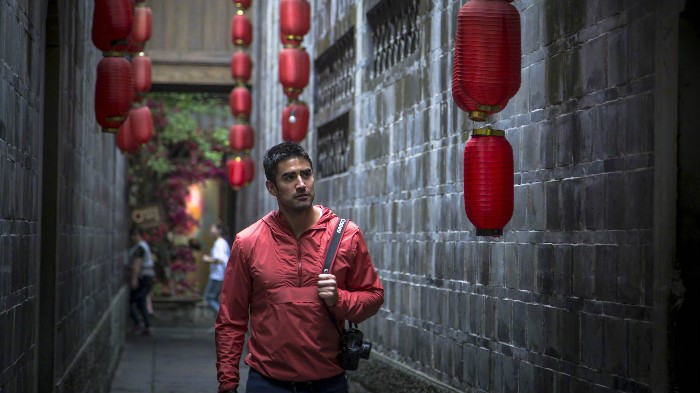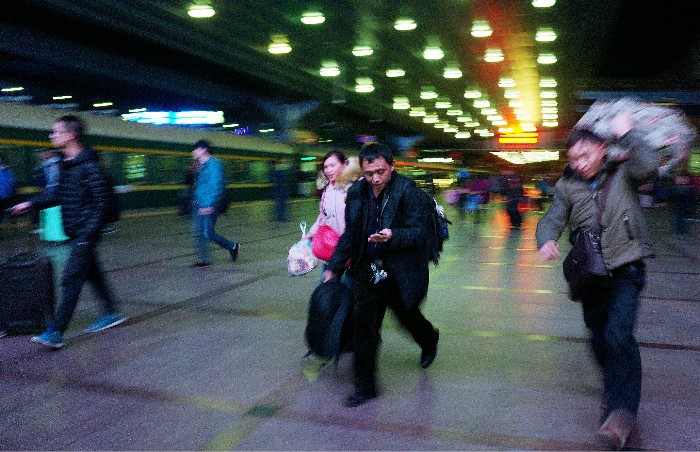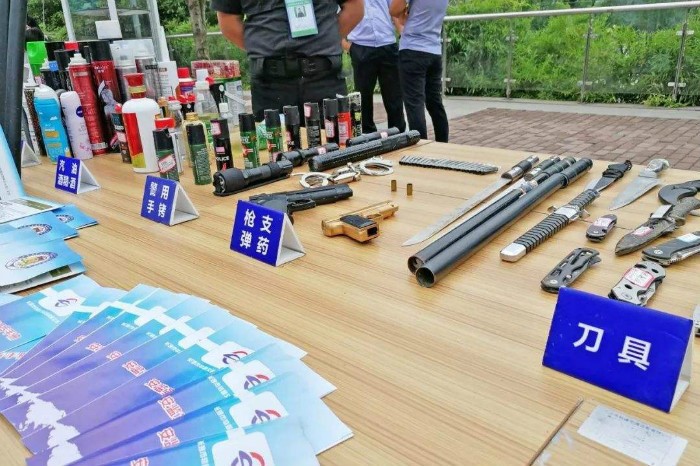Traveling in China is an experience you won’t soon forget. Of course, you can also buy more souvenirs to make the experience fresh in your mind. But what do you do when your eye for a bargain is out of reach for your luggage? This article will help you decide how to transfer all your Chinese memories home in the simplest and most economical way.
Generally speaking, most international airlines have a 50-pound weight limit for checked baggage (23 kilograms in economy class).

Travelers should buy a mini scale or check to see if your hotel offers a weighing service to make sure your weight is within limits. If you find that your luggage exceeds the limit set by the airline, you can choose to check more than one bag.
If you plan to check in a second (or more) bag, you may have to pay between $35 and $100, depending on your flight, airline and other factors.
For example, the excess baggage charge is usually 1.5% of the economy fare per kilogram. You also run the risk of breaking fragile items on your flight.
While there are ways to ensure and protect your luggage, some items may be irreplaceable. If you think that excess baggage can be a problem for you when you get home, you’d better read through the basics to help you plan your strategy.
Passengers are also encouraged to familiarize themselves with Chinese customs regulations to avoid unfortunate incidents at airports.
There are several ways to check excess baggage home. While these options can be expensive, they are often touted as the safest and most reliable way to move your important projects.
China post is considered the most cost-effective and streamlined mode of transportation.China post is the official postal agency in China. Like the U.S. postal service, they ship both domestically and internationally. You’ll want to browse their website to learn the rules and fees that apply to your unique situation. They provide air and surface transportation.
Air freight is the fastest and usually takes 7 to 15 working days, depending on the final destination and size. The Surface is a cheaper, slightly slower option. For international transport, this means that your packages will be shipped by sea and may take 40 to 70 working days to arrive.
China post’s parcels are divided into small parcels and large parcels. Small packages are suitable for goods weighing less than 4.4 LBS (2 kg). A large package can weigh up to 66 pounds (30 kilograms).right now unless the host said “don’t go” again and again. If the guest insists to go, the host can stand up after the guest stands up and persuade the guest to stay longer. If the guest sends you gifts, you should also send some small delicate gifts to him as a reward, and this custom both exists in west and China.












